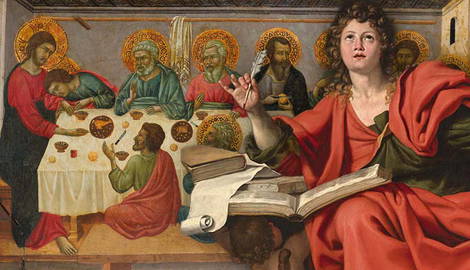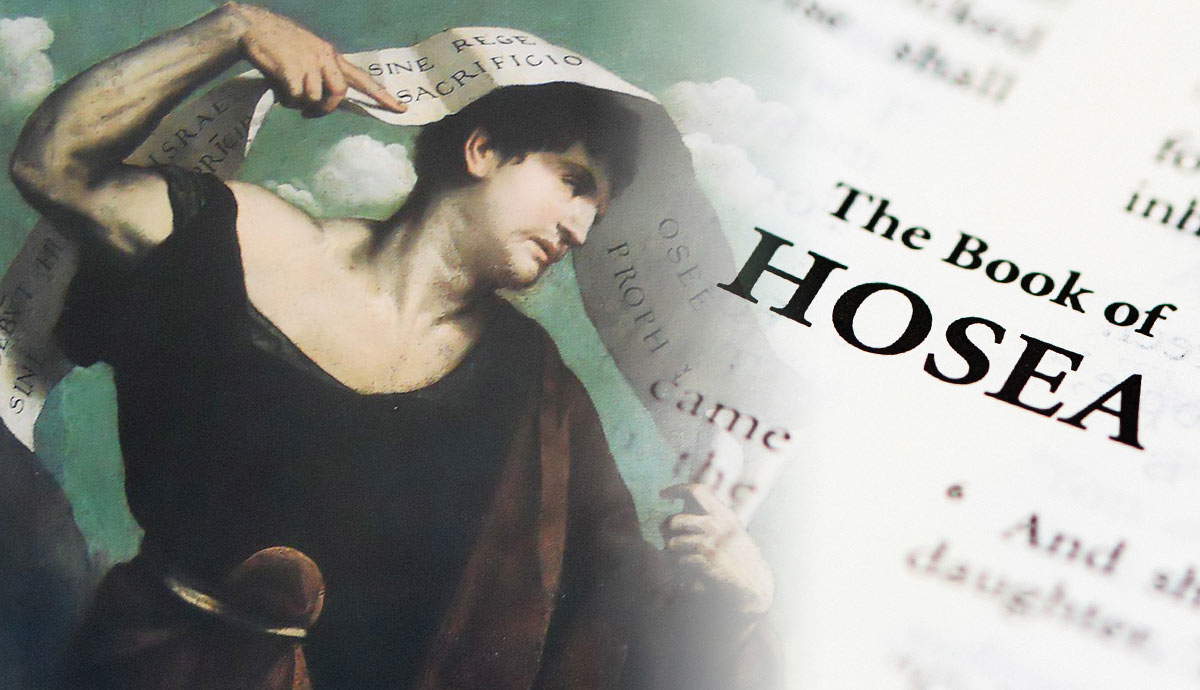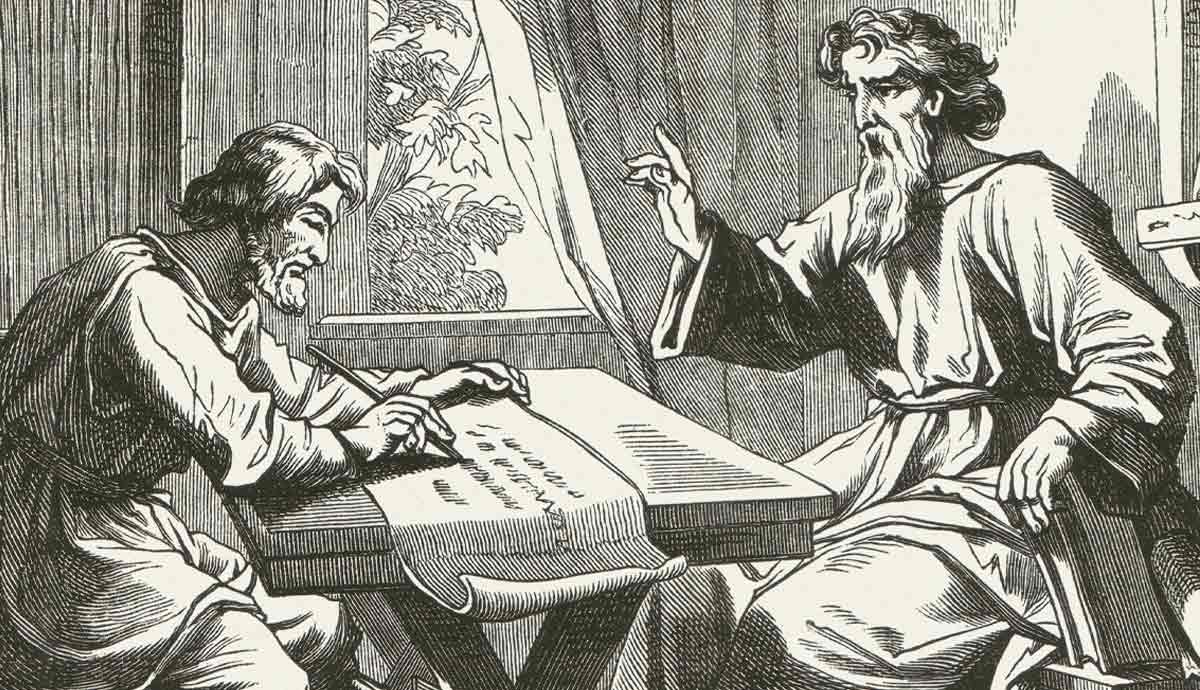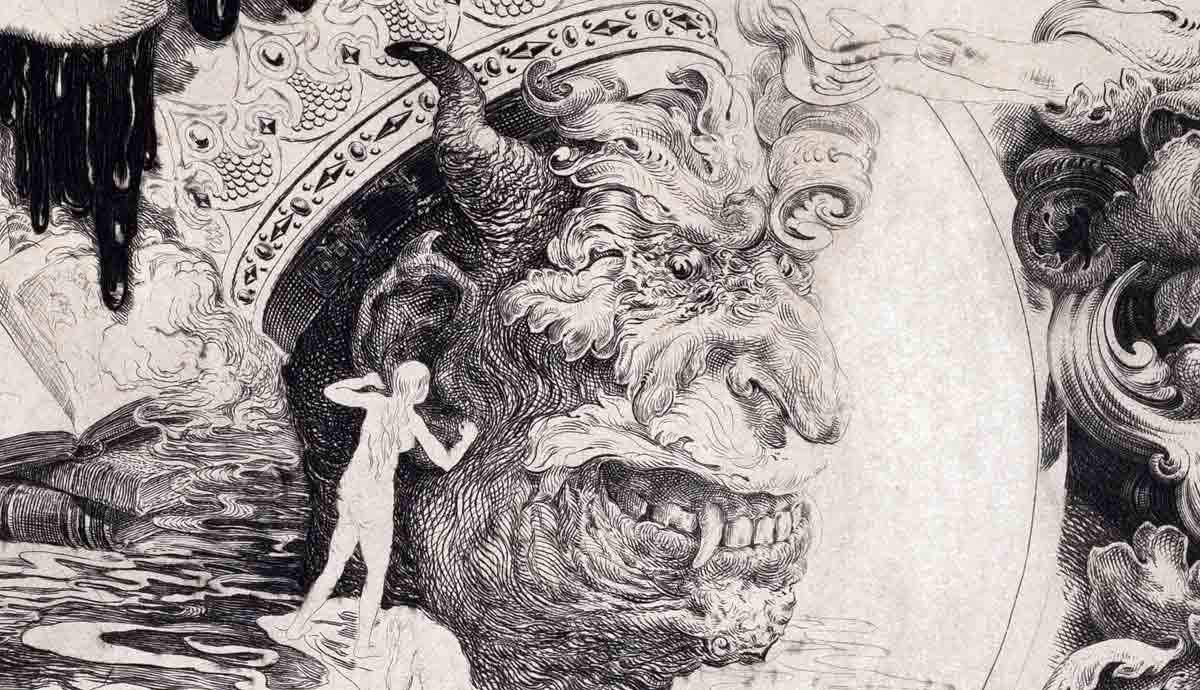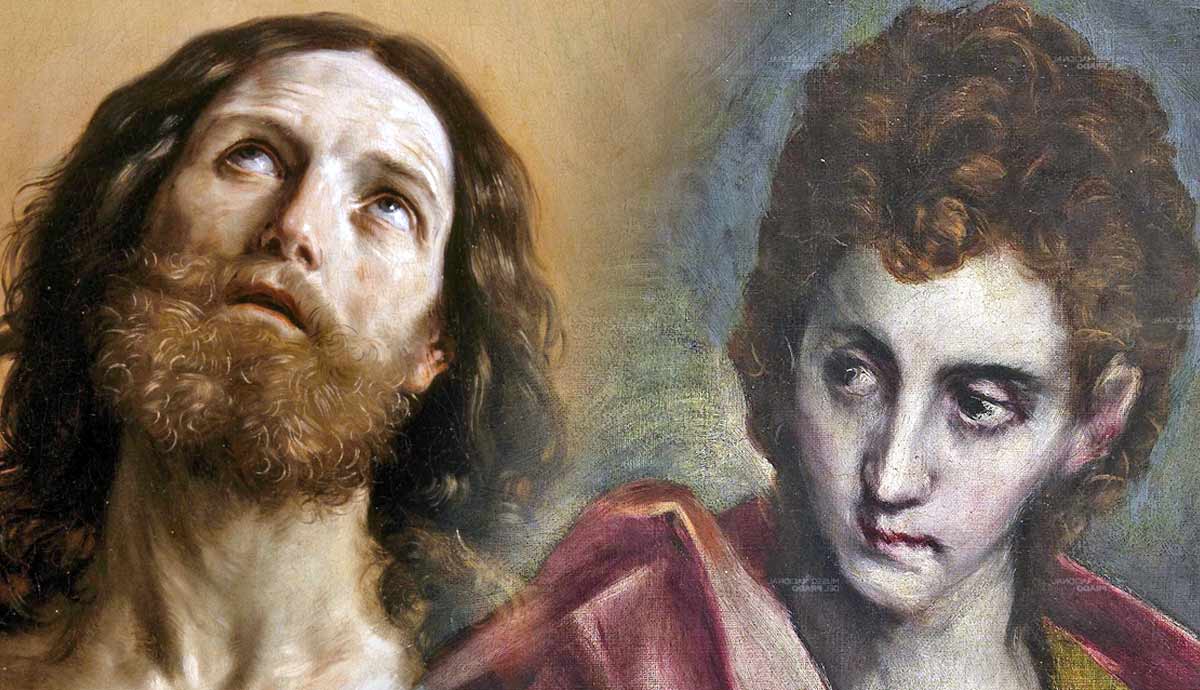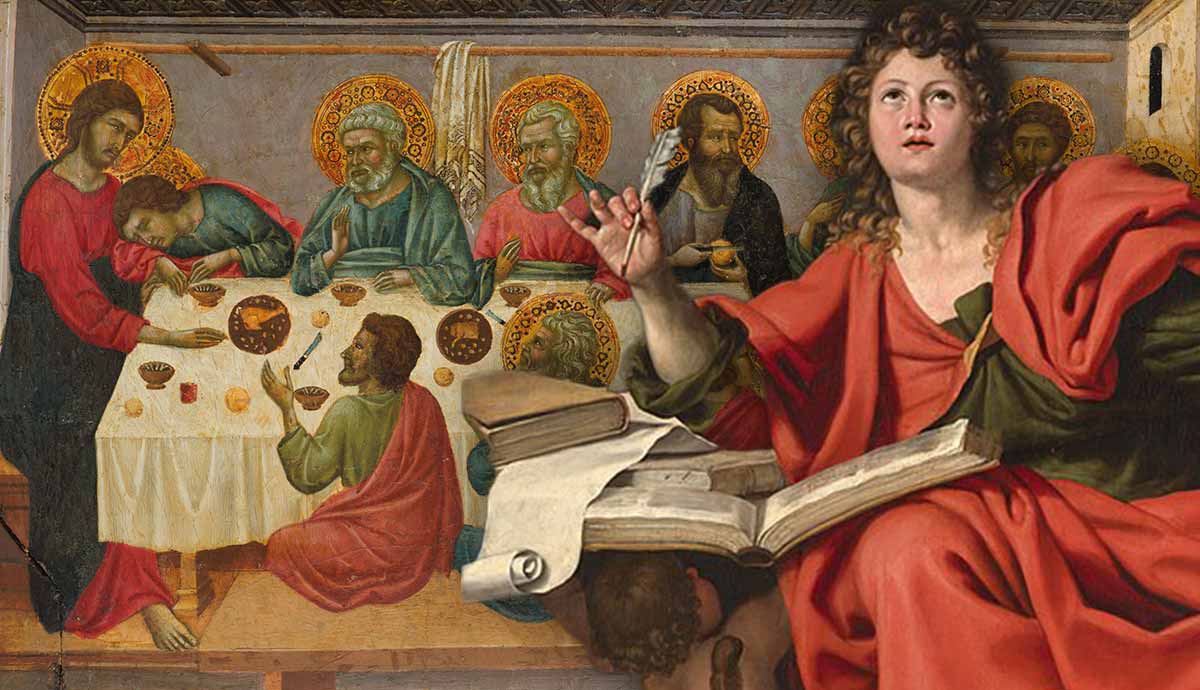
John was the youngest among the Twelve Disciples. Throughout church history, Bible scholars have known him as John the Beloved, John the Evangelist, John of Patmos, John the Elder, and the Beloved Apostle. He seems to have been a two-sided character, on the one hand “a son of thunder” and on the other a young, loving disciple beloved by Christ.
First Encounter and Calling as a Disciple

John and his brother James were the sons of Zebedee and partners of Peter in the fishing trade (Luke 5:1-11). Shortly after a miraculous catch, Jesus called John and James while they were mending nets to follow him. Though he came from a well-to-do family with the resources to employ others in the fishing enterprise (Mark 1:19-20), John and his brother promptly laid down the tools of their trade and followed Jesus.
Character and Personality

John, the youngest among the disciples, displayed signs of entitlement, privilege, and ambition. On occasion, he and his brother James asked that Jesus declare they would be seated on either side of him in his kingdom (Mark 10:35-37), though Matthew claims that their mother made the request with them in tow (Matthew 20:20). John and his brother inquired of Jesus whether they should let fire come down from heaven to destroy a Samaritan village that did not want Jesus to visit (Luke 9:51-56).
These two instances show how both brothers considered themselves more deserving than others. They were vindictive, likely reflecting the way their parents brought them up. Their retributive desire may be why John and his older brother received the nickname Boanerges which means “sons of thunder.”

John, however, had another side to him. The gospels on five occasions speak of John as the disciple whom Jesus loved (John 13:23; 19:26; 20:2; 21:7; 21:20). He seems to have been particularly close to Jesus, even reclining on him at the Last Supper. On closer inspection, one wonders why only the Gospel of John refers to John this way. Though none of the verses that refer to the disciple Jesus loved mention John by name, the context, and the Church Fathers considered it to be him.
If true, it is ironic that only John—if he was really the author—refers to himself as the Beloved Apostle and mentions the special connection between him and Jesus. One is left wondering whether omitting his name was a sign of humility or an attempt at making the special place of privilege he assigned himself less obvious. Most, if not all of the disciples were deceased by the time John is supposed to have written his gospel, therefore, no one can corroborate John’s claims.
That said, John was fully committed to the gospel of Jesus Christ. He was willing to remain faithful to the end of his life, enduring much persecution and suffering.
Significant Encounters

Jesus called John, his brother James, and Peter aside several times to witness special events or watch over Jesus. These events were the resurrection of the daughter of Jairus, the Transfiguration, and the occasion when Jesus went into the Garden of Gethsemane just before his arrest and trial. Events unique to the Gospel of John are the most significant encounters between Jesus and John.
John 13:21-26
“After saying these things, Jesus was troubled in his spirit, and testified, ‘Truly, truly, I say to you, one of you will betray me.’ The disciples looked at one another, uncertain of whom he spoke. One of his disciples, whom Jesus loved, was reclining at table at Jesus’ side, so Simon Peter motioned to him to ask Jesus of whom he was speaking. So that disciple, leaning back against Jesus, said to him, ‘Lord, who is it?’ Jesus answered, ‘It is he to whom I will give this morsel of bread when I have dipped it.’ So when he had dipped the morsel, he gave it to Judas, the son of Simon Iscariot.”
This rendition of the events surrounding the Last Supper highlights the close relationship between Jesus and John. The text presents Peter, who on other occasions was the one designated to ask Jesus questions on behalf of the disciples, as the one signaling to John to ask the contentious question. John was comfortable entering the personal space of Jesus, which reflects the closeness between them. Some erroneously use this instance to suggest a homosexual relationship between the two.

John 19:25
“…but standing by the cross of Jesus were his mother and his mother’s sister, Mary the wife of Clopas, and Mary Magdalene. When Jesus saw his mother and the disciple whom he loved standing nearby, he said to his mother, ‘Woman, behold, your son!’ Then he said to the disciple, ‘Behold, your mother!’ And from that hour the disciple took her to his own home.”
This intimate scene displays the care and compassion Jesus had for his mother. It also shows the closeness between Jesus and John. Jesus was hanging on the cross, about to die. Knowing the grief that his mother will experience from the loss of her son, and the suffering John would have at the loss of his friend and master, Jesus implores John to take his place as a son to his mother and asks his mother to consider John as she would her own son.

John 20:2
“So she ran and went to Simon Peter and the other disciple, the one whom Jesus loved, and said to them, ‘They have taken the Lord out of the tomb, and we do not know where they have laid him.’ So Peter went out with the other disciple, and they were going toward the tomb. Both of them were running together, but the other disciple outran Peter and reached the tomb first.”
This passage relates how the women reported the empty tomb to the disciples. The reactions of Peter and John become the focus. From the report the woman gives, it seems as though someone took the body of Jesus out of the tomb and laid it to rest in an unknown location.
Though John arrived first, he did not enter the tomb, signifying hesitation or possibly reverence. Peter arrived shortly after and immediately entered the tomb, true to his impulsive and bold nature. Only then did John enter as well. Based on the folded face cloth, it was clear that the body was not stolen in haste. It was then John believed what the scriptures foretold, that Jesus would rise from the dead.
Legacy and Tradition

According to tradition, John and the other apostles remained in Judea for just over a decade until the persecution by King Herod Agrippa, who had James, the brother of John, executed. The apostles then scattered to other fields of mission. John taught among the Ephesians after Paul established a church there. While ministering there, he wrote his three epistles. According to Tertullian, the authorities cast John into a pot of boiling oil in Rome, but John suffered nothing. The powers that be then banished John to Patmos, where he supposedly wrote the apocalyptic book of Revelation.
Late in his life, John mentored Church Fathers like Polycarp and Ignatius of Antioch. In turn, Polycarp taught Irenaeus who recorded several details about John that his mentor related to him.
The Bible attributes five books to John: the Gospel of John, three epistles, and Revelation. Scholars, however, disagree on whether the same author wrote all five books. Some books, like the Acts of John, are falsely attributed to John. Pseudepigraphal works were common during that era.
Considering the gospel and epistles by John, the emphasis on selfless love seems to indicate that John underwent a significant change of character from the entitled disciple who wanted a position of privilege to the author of works that emphasized service to others.
John did receive the privilege of recording the revelation of Jesus Christ and bearing witness to it in his day for the generations to come (Revelation 1:1-2). God revealed his revelation to John in a series of apocalyptic visions that form a chiastic structure, with chapter twelve as the focal point. In it, John describes the battle between Michael and his angels and the dragon (which is a depiction of Satan) and his angels.
Death

Most scholars believe John was the only apostle not to die a martyr. He lived to old age and died of natural causes. A minority of scholars believe John was murdered by Jews as Papias of Hierapolis claimed. One theory suggests that the remains of John are in the former Basilica of St. John in the small village of Selçuk near Ephesus.
